Many people are dreaming of the luxurious, eye-catching gem, but are not keen on spending much on buying the natural diamond and if you are one of them, then it is normal. The product may be a ring for engagement, a present to special people, or a purchase only for oneself. The cover page of the article was displayed, and a new line of text was placed here. The second sentence of the article is written, and the user is beginning his or her line of text in this location. Besides the two most popular alternatives of today, i.e., simulated diamonds and Moistness are there any other better choices?
You can only make an informed, confident, and factual decision once you break down everything respectively. This paragraph still needs to be streamlined to help the reader make an informed decision without going into the fine details.
What Is a Simulated Diamond?
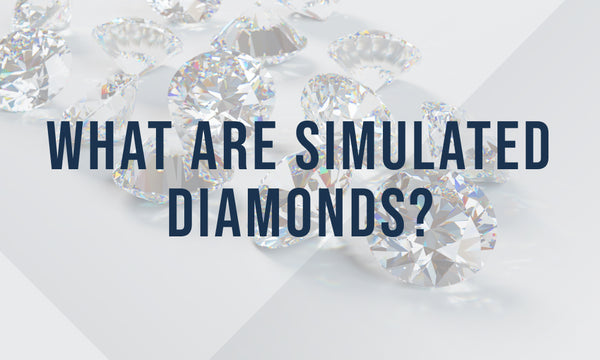
A simulated diamond is a crystal that is given the look of a diamond but is not one, neither in a chemical way nor in a physical sense. The whole story is about outwardly appearances. These stones could be natural or laboratory-grown, and are designed to be brilliant, which can only be found in a genuine diamond... only, the price is significantly lower here.
Cubic Zircon (CZ) is the type of simulated diamond that is most frequently occurring—the one you have seen. It is colorless, bright, and very much in demand in costume jewelry. Other examples are white sapphire, even glass, and synthetic materials such as YA (Yttrium Aluminum Garnet).
Simulated diamonds are usually chosen by people who are after an elegant, affordable piece. It refers to a situation where you aim at looking like you are wearing a real diamond while you did not pay the high price. However, there are some disadvantages to using them, which we will talk about in a little while.
you can also go with a :- How to Tell a Fake Diamond from a Real Diamond
What Is Moistness?
This fabulous gemstone is often taken as a diamond because it appears so similar, yet in truth, it is just that. Moistness is silicon carbide, and, at present, Moistness is entirely lab-made as natural Moistness is incredibly hard to find (it was initially found in a meteor crater—yes, indeed!).
Still, there is a reason for the interest of people in Moistness: it sparkles more than a diamond, it is tough enough for daily use, and it does not have any of the ethical or environmental problems that sometimes come with mined stones.
Let's fill in some of the highlights quickly:
-
Brilliance: Moistness has a fire and shine that many jewelers say outdo even diamonds.
-
Durability: It scores 9.25 on the Mohs scale, which makes it extremely resistant to scratching and second only to diamonds.
-
Eco-friendly & ethical: No mining is involved—Moissanite is grown in labs under controlled, sustainable conditions.
-
Cost: It’s a lot cheaper than diamonds but more expensive than simulated stones like CZ.
How Do Simulated Diamonds and Moissanite Compare?

Let’s put them side by side and look at the things that matter when buying a gemstone—things like shine, strength, cost, and wearability. Here's where it gets really interesting.
|
Feature |
Simulated Diamond (CZ/Glass) |
Moissanite |
|
Brilliance |
Pretty at first, but often looks dull or glassy over time |
Unmatched fire and brilliance—often more than a diamond |
|
Durability |
Softer; can chip or scratch easily |
Very hard and resistant to wear |
|
Color Options |
Usually colorless and very white |
Near-colorless, but warmer tones are available |
|
Affordability |
Extremely budget-friendly |
Mid-range: more than CZ but less than a diamond |
|
Everyday Wearability |
Better for occasional wear |
Ideal for daily wear—perfect for engagement rings |
|
Ethical/Eco-Friendly |
Usually lab-made, low environmental impact |
100% ethical and eco-conscious lab creation |
|
Long-Term Value |
Doesn’t hold value well |
Holds moderate value due to quality and durability |
So, Which Is Better—Simulated Diamond vs. Moissanite?
Now comes the million-dollar (or at least several-hundred-dollar) question: which stone should you choose?
-
If you have no vast sum of money at your disposal and you only want an occasional cute accessory, then Cubic Zirconia, which is a simulated diamond, will just be right for you. In this way, you kill two birds with one stone: you keep your expenses low and you get the glamorous look.
-
If you need a long-term item, such as an engagement ring or jewelry you would like to use often, then the Moissanite is the one without any doubt. It is tough, shining, and free from mine conflicts—everything a diamond is not.
-
If you are not just a fan of nature-resistant but a big defender of the eco-conscious movement as well, you will be more comfortable with Moissanite as your diamond substitute. All the way through, it is lab-grown and eco-sustainable.
-
Moissanite fits the bill if you are a fan of brilliant, dazzling jewels. Being so much more (with its greater refractive index), it goes so far as to reflect more light than a diamond. Well, it does that.
Pros & Cons of Simulated Diamond vs. Moissanite

| Feature | Simulated Diamond | Moissanite |
|---|---|---|
| Appearance | Very close to real diamond in look | Very brilliant with a rainbow-like sparkle |
| Brilliance (Sparkle) | Moderate brilliance, more like a real diamond | Higher brilliance, more fire than a diamond |
| Hardness (Mohs Scale) | ~5.5 to 6.5 (depends on type) | 9.25 (second only to diamond) |
| Durability | Less durable, prone to scratching and clouding | Very durable, suitable for daily wear |
| Cost | Very affordable | More affordable than diamonds, but pricier than simulants |
| Composition | Made from materials like cubic zirconia or glass | Lab-created silicon carbide |
| Heat Resistance | Low – can get damaged under heat | High – withstands high temperatures |
| Weight (Density) | Usually heavier than a real diamond | Similar to diamond, slightly lighter |
| Color Quality | Can turn cloudy/yellowish over time | Remains clear and colorless (if top quality) |
| Eco-friendliness | Lab-made, eco-friendly but quality varies | Lab-created and eco-friendly |
| Longevity | Shorter lifespan, needs replacement | Long-lasting, excellent for lifetime jewelry |
Who Should Pick a Simulated Diamond?

Simulated diamonds are the perfect pick for the person who may have a liking for the shimmering and shining of real diamonds but does not want to spend too much on them. They are very much like real diamonds and are most suited to individuals who like to wear trendy jewelry without being stressed about financial hardships. If you desire to change the jewelry you wear frequently or if you plan to buy something only for special occasions, then simulated diamonds are the best option for you. If you are a traveler, they are also a good choice, as you don't have to worry about losing expensive items. Most of them are created in labs, which makes them more eco-friendly. In general, they are the best option for those who want to be beautiful and shine even with a tight budget in their hands.


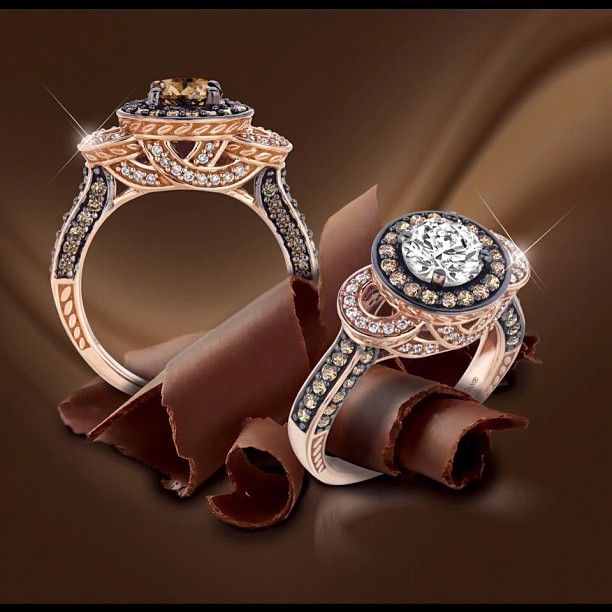
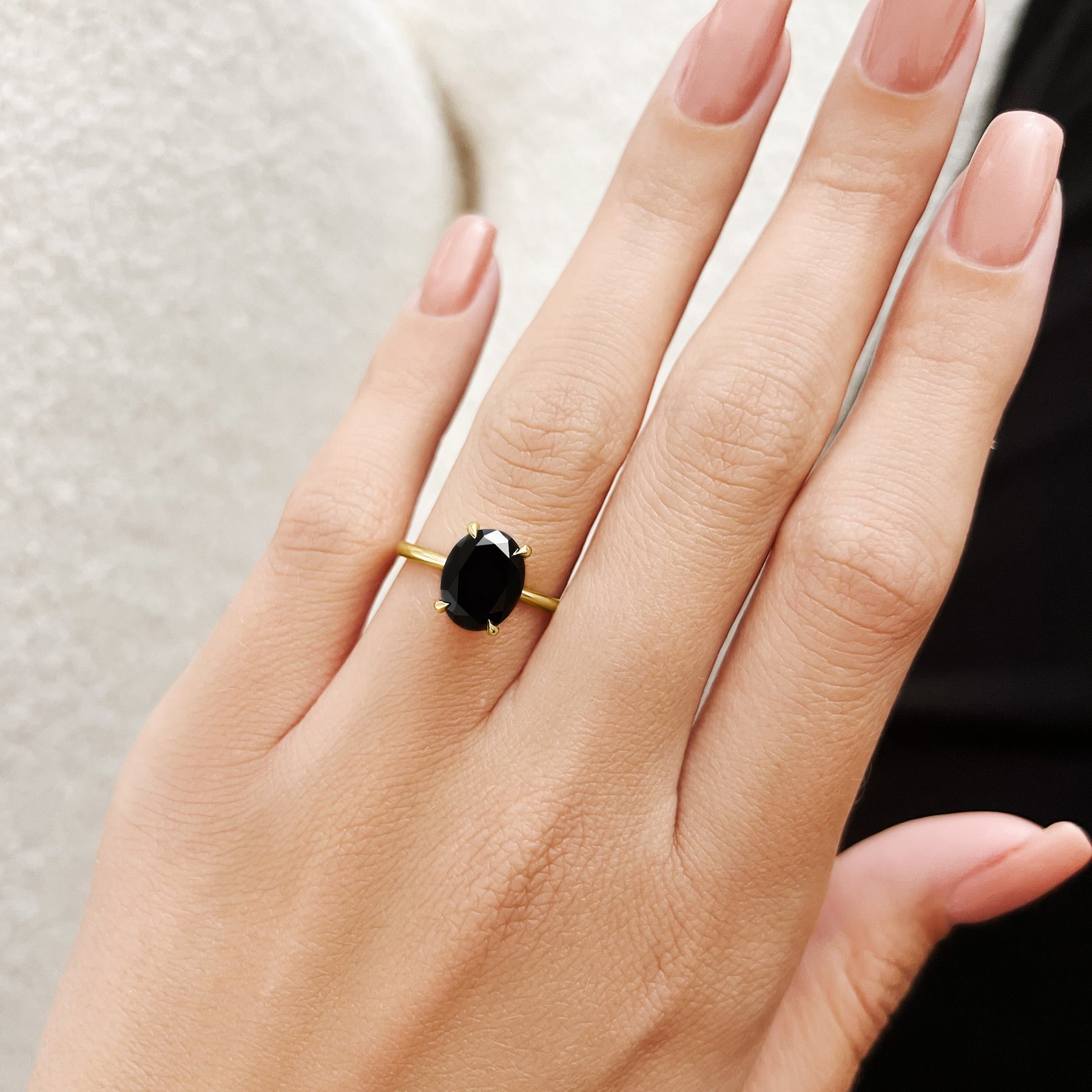

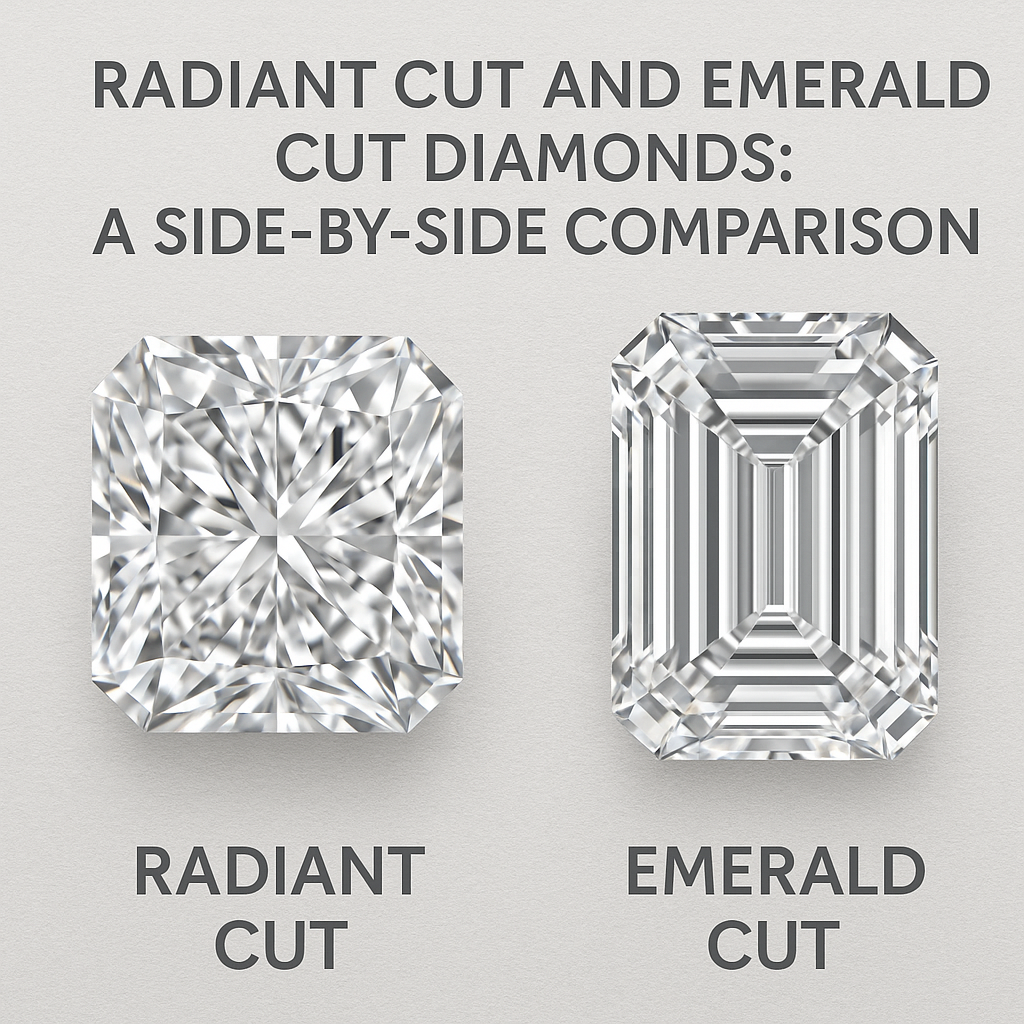
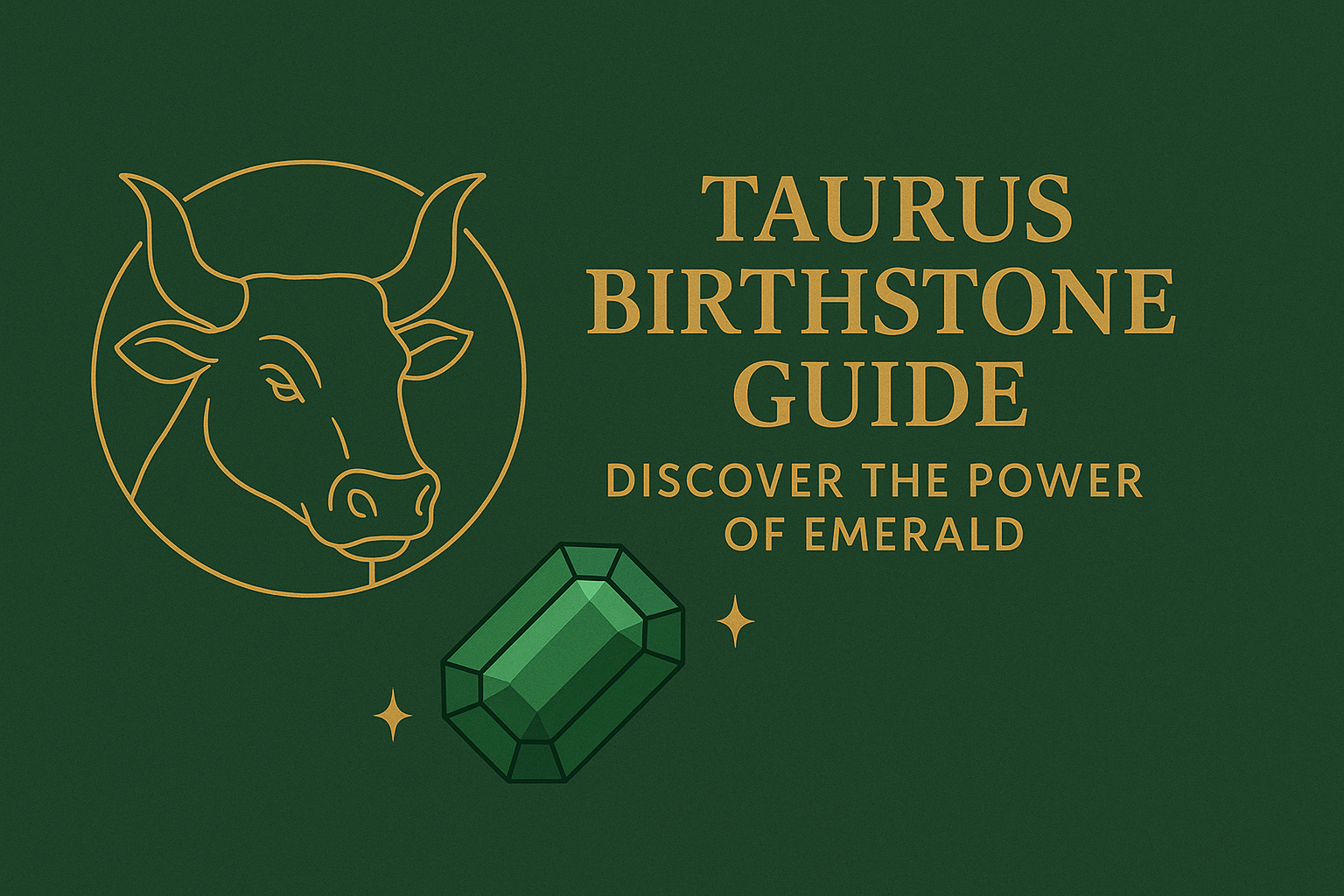

Leave a comment
This site is protected by hCaptcha and the hCaptcha Privacy Policy and Terms of Service apply.